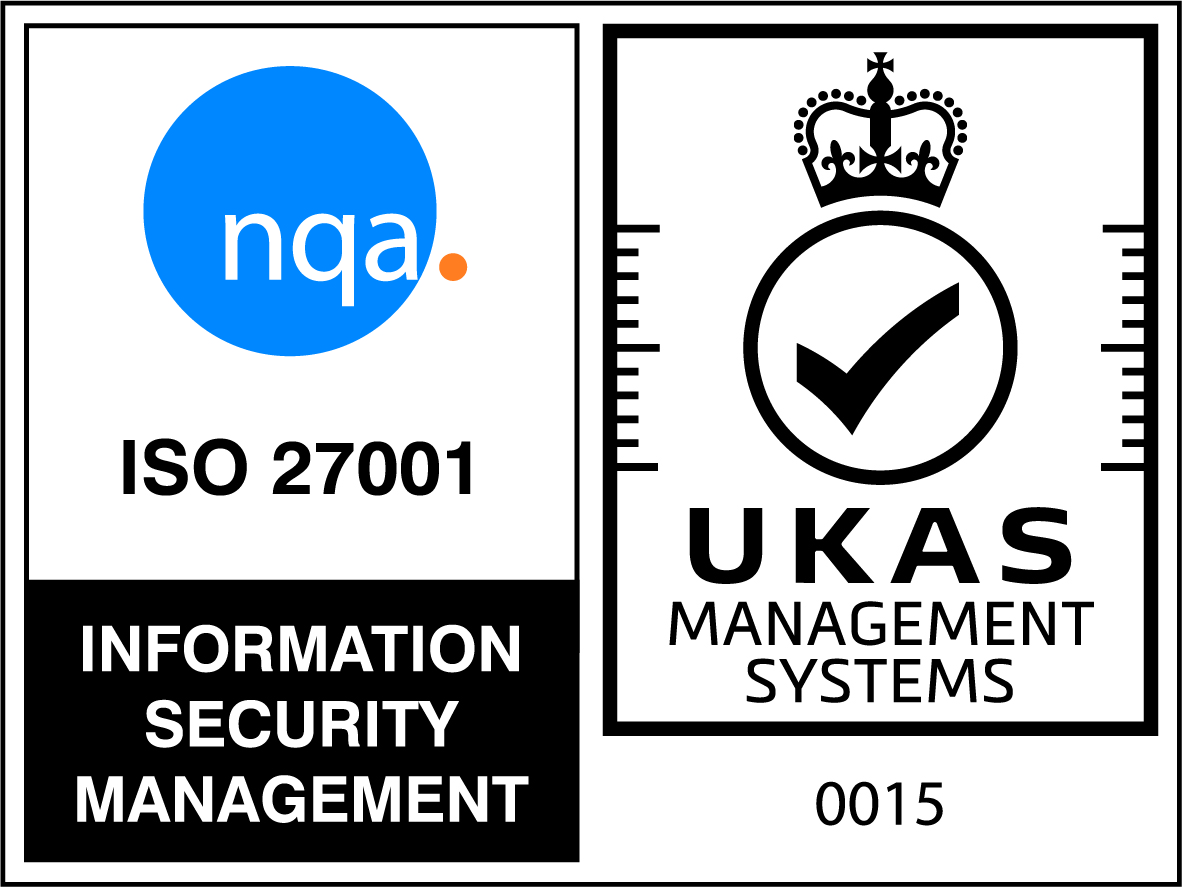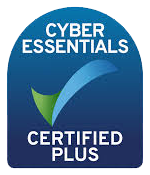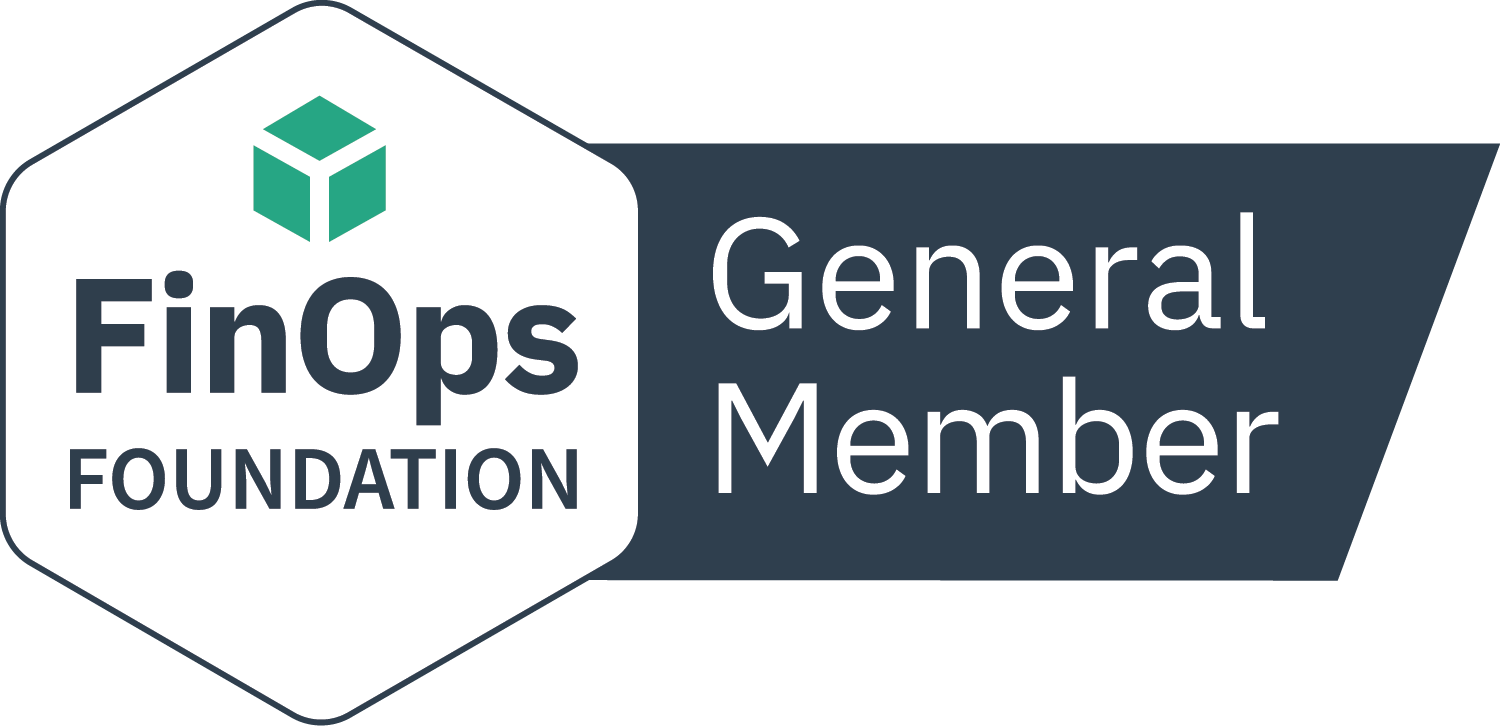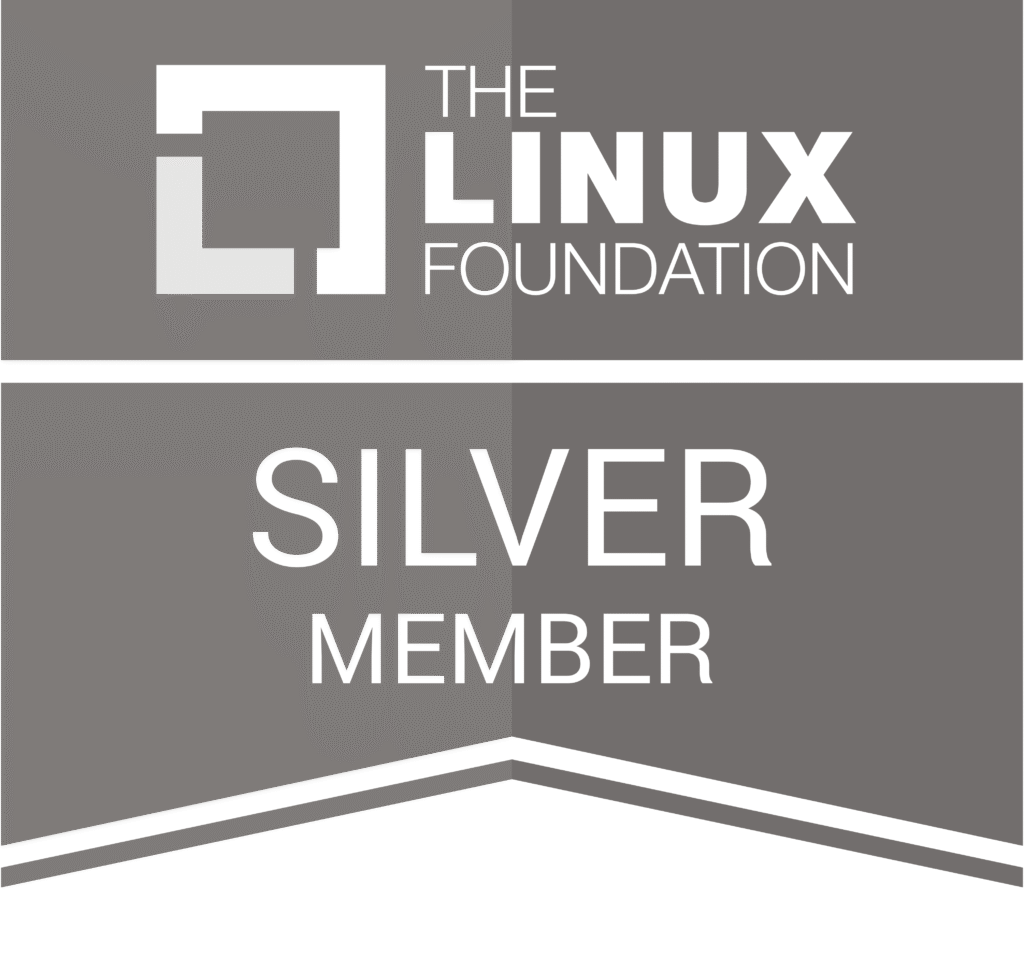In today’s hybrid IT environments, choosing the right IT Asset Management (ITAM) platform is no longer a luxury, instead it’s a strategic necessity. With software, hardware, SaaS, and cloud assets multiplying at speed, the ability to manage everything centrally, accurately, and in real time is key to cost control, security, and agility.
But not all ITAM platforms are created equal. Many solutions are outdated, fragmented, or unable to scale with modern enterprise needs.
This guide outlines what to look for when evaluating an ITAM platform and how to make the right choice for your organization.
Understand Your ITAM Maturity and Scope
Start by defining what you really need the platform to manage. Consider:
- Do you need to manage only on-prem assets, or also SaaS, cloud, and hybrid environments?
- Are you seeking better license compliance, cost optimization, or full lifecycle management?
- Do you have the internal resources to manage a complex tool, or need simplicity and automation?
If your environment includes a mix of legacy infrastructure, cloud-native services, and growing SaaS adoption, you’ll want a platform that supports unified asset intelligence across all domains.
Prioritize Real-Time Visibility
Static inventory snapshots are no longer good enough.
Look for platforms that offer:
- Automated discovery across all asset types (servers, endpoints, virtual machines, SaaS apps, cloud resources)
- Agent and agentless options for flexible deployments
- Real-time dashboards and alerting for proactive decision-making
Modern platforms should show not just what you have, but how it’s being used, where, and by whom without waiting weeks for an audit cycle.
Evaluate Integration Capabilities
An ITAM platform shouldn’t operate in a silo.
Make sure it integrates with:
- Identity and access management systems (e.g., Azure AD, Okta)
- Procurement and finance tools
- ITSM and CMDB systems (e.g., ServiceNow, Jira)
- Endpoint management tools (e.g., SCCM, Intune)
Unified integration helps maintain data consistency, automates provisioning and reclamation, and supports chargeback/showback in FinOps models.
Look for Outcome-Based Automation
Manual data entry and license tracking are not sustainable.
Key automation features to look for:
- Automated software recognition and normalization
- License reconciliation against vendor entitlements
- Policy-based workflows (e.g., auto-deprovisioning unused licenses)
- Automated alerts for risks, renewals, or non-compliance
Automation isn’t just a time-saver, it ensures consistent, auditable processes at scale.
Make Sure It’s Scalable and Future-Proof
Your IT estate is only going to grow in complexity.
Choose a platform that can:
- Scale to support tens of thousands of endpoints or users
- Support multi-tenant or global environments
- Adapt to new asset types (e.g., containers, IoT, cloud workloads)
- Align with FinOps and SaaS Management best practices as your needs evolve
If agility and performance are priorities, look for microservices-based architecture or cloud-native solutions.
Demand Usability and Time-to-Value
Don’t underestimate the importance of experience. Even the most powerful ITAM solution is worthless if no one uses it.
Look for:
- Modern, intuitive UI with easy navigation
- Clear, actionable reporting out of the box
- Low learning curve for onboarding teams quickly
- Fast deployment (days, not months)
You want to avoid bloated platforms that require constant consulting just to run basic reports.
Check for Data Accuracy and Audit Readiness
Data quality is the foundation of effective ITAM.
Look for platforms that:
- Eliminate duplicates and stale data
- Normalize software titles and licensing metrics
- Support audit-ready reports aligned with major vendors (e.g., Microsoft, Oracle, IBM)
You should have the confidence to face a vendor audit at any time, and win.
Ask the Right Questions During Vendor Evaluation
Here are a few important ones:
- Does this platform support full lifecycle management, not just inventory?
- Can we track and optimize SaaS and cloud spend from the same interface?
- What kind of support and documentation are included?
- Does the platform include built-in FinOps tooling or reporting?
- Is the pricing transparent and value-aligned, or full of hidden fees?
Conclusion
The right ITAM platform isn’t just a tool—it’s a strategic enabler.
When done right, ITAM delivers:
- Lower software and cloud costs
- Stronger license compliance
- Improved security posture
- Greater agility and accountability across IT and Finance
Whether you’re just starting out or modernizing a legacy solution, focus on platforms that unify visibility, automate outcomes, and scale with your business.
Because IT Asset Management shouldn’t be another overhead. It should be a competitive edge.
Explore the possibilities of enterprise IT Asset Management within your business.
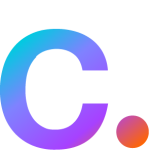
Michael Wood – Development Manager
With over a decade of experience helping global organizations modernize and optimize their ITAM strategies, Michael brings deep technical expertise and a practical, business-first mindset to solving complex IT challenges. Michael has guided enterprises through transformations spanning hardware, software, SaaS, and cloud asset management. His insights are grounded in real-world experience, and his passion lies in helping organizations unlock the full value of ITAM as a strategic function, not just an operational task.

